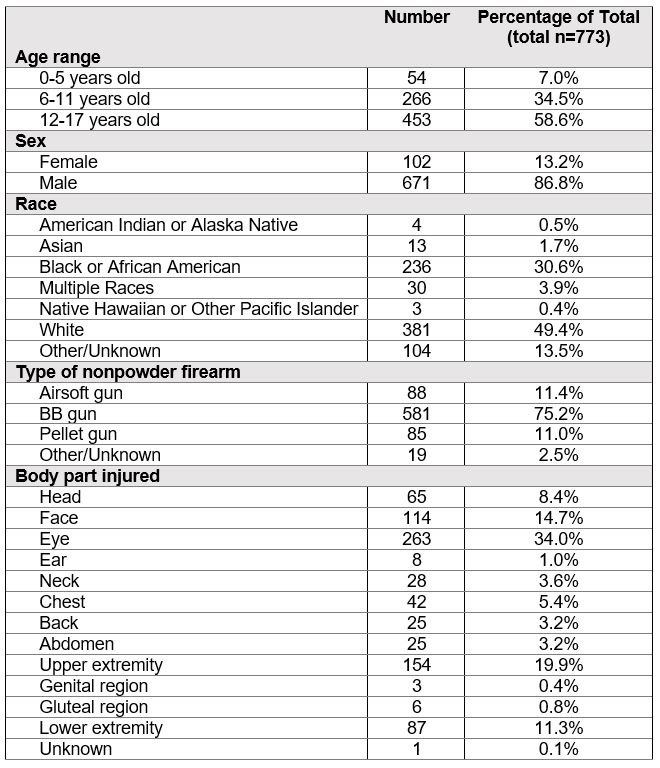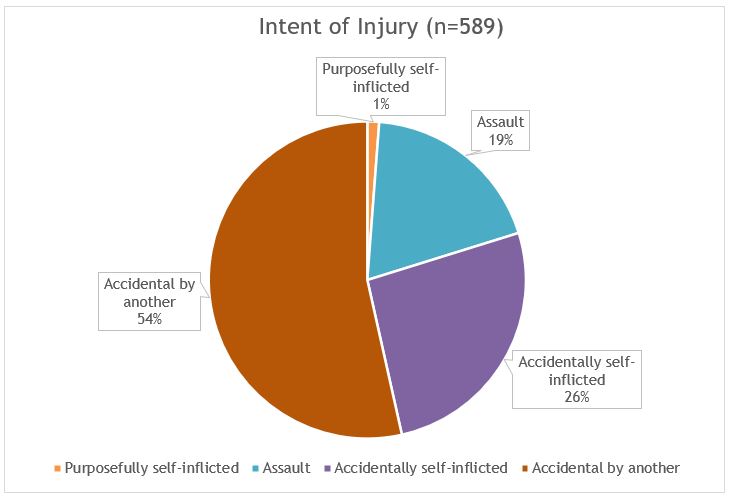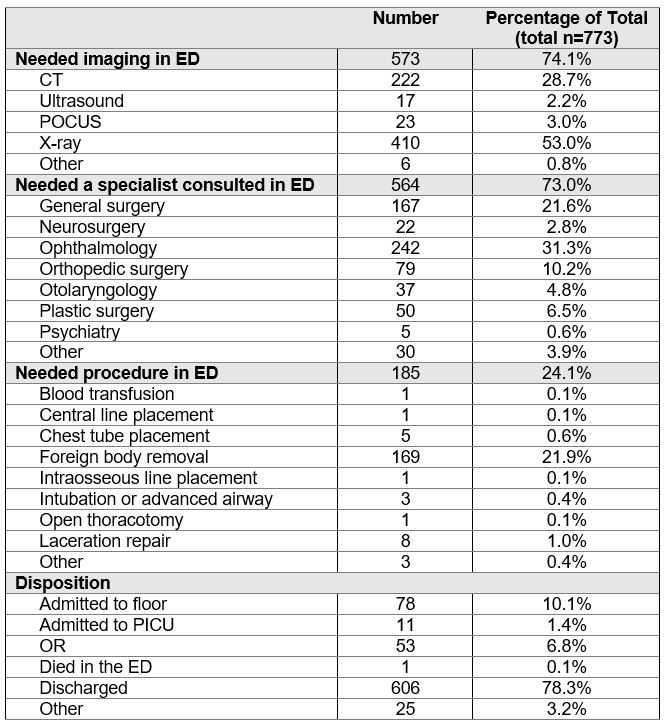Emergency Medicine: All Areas
Emergency Medicine 5 A
328 - Epidemiology, intent, and severity of nonpowder firearm injuries in patients presenting to pediatric emergency departments
Publication Number: 328.208

Lauren Dzera, MD (she/her/hers)
Pediatric Resident
Children's National Health System
Washington, District of Columbia, United States
Presenting Author(s)
Background: Nonpowder firearms (BB, airsoft, and pellet guns) are often characterized as toys, but previous studies have described significant injuries to children due to these weapons. There have been few large-scale studies, however, describing the epidemiology of nonpowder firearm injuries. Data on the intent of these injuries is also lacking in the literature.
Objective:
To describe the epidemiology, intent, and severity of nonpowder firearm injuries in the Pediatric Emergency Care Applied Research Network (PECARN) Registry between 2012 and 2020.
Design/Methods: This is a retrospective study of visits by patients 0-17 years old who presented to one of seven PECARN emergency departments (EDs) with a potential nonpowder firearm injury between January 1, 2012 - December 31, 2020. Potential ED visits were identified by querying the PECARN Registry for ICD9 and ICD10 codes for firearm injury and nonpowder firearm injury to increase capture of potential nonpowder firearm injuries. Manual chart review was performed to determine if a nonpowder firearm injury occurred and those visits were included. The ED visit narratives were reviewed by authors (LD, KD) using a standardized template to extract data on patient demographics, affected body region, intent of injury, age of the person inflicting the injury, interventions in the ED, and disposition.
Results: 803 potential ED visits for nonpowder firearm injuries were identified, with 773 meeting inclusion criteria. The average age of injury was 11.7 years old and most patients were male (86.8%). The most common body parts injured were the eye (34.0%), upper extremity (19.9%), and face (14.7%) (Table 1). Of the visit narratives in which the intent of injury was apparent (n=589), the injury was reported accidental in 79.8% and assaultive in 19.0% (Fig 1). Of the visit narratives in which the approximate age of the shooter was apparent (n=535), the shooter was identified as being a child or adolescent in 95.9%. In the ED, 74.6% of patients had imaging studies obtained, 73.0% had specialists consulted, and 24.1% had procedures performed. 11.5% of patients required admission and 6.8% went to the operating room (Table 2).
Conclusion(s): Nonpowder firearms remain a source of preventable injuries in children that consume health care resources. Most commonly these injuries are inflicted by children and are accidental, though assaults also account for 1 in 5 injuries. This data emphasizes the need for further injury prevention efforts directed at nonpowder firearms.


